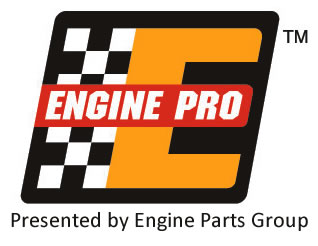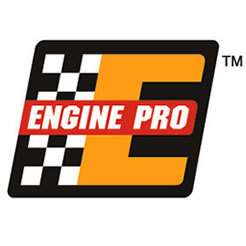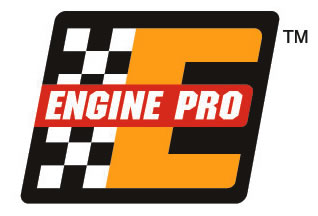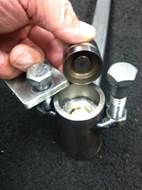Shop Solutions June 2015
In our shop we do a variety of cylinder heads for late-model diesel trucks. On jobs like 6.0L Fords, 5.9L Cummins or 6.6L Duramax diesels our customers often install ARP studs as an improved fastener. ARP highly suggests that the studs be re-torqued after the engine is run for the first time.

Shop Solutions April 2015
Hydraulic valve lifters are probably the most precision-machined part inside any engine. It does not take much to cause one to operate incorrectly. Here are some tips for fixing this problem, as well as some other helpful solutions to commonly seen shop scenarios.

Shop Solutions March 2015
Here’s a simple time saver for assembling high performance V8/V6 engines. When intake gasket port alignment is critical, use masking tape to hold the gasket in place on the head. You can then flip the gasket up to apply your sealer.

Shop Solutions January 2015
When working with a ball-and-cup type pushrod from an application like a Ford or Chrysler product with adjustable shaft rockers, it is important to know the “effective” length when ordering custom length pushrods. In this case, the effective length is the length from the tip of the ball end to the bottom of the seat cup.

Shop Solutions – December 2014
In our shop, we don’t have a dyno or engine test stand. We work on a variety of engines from Chevys to Internationals to Continentals, so no engine start stand would suit everything we do. In an effort to find oil leaks, we have started to “smoke” our engines.

November 2014 Shop Solutions
One of the main problems with blocks that need to be align-bored is the lack of squish between the main cap and the block. What I am referring to is the interference fit between the cap and main register that holds the cap in alignment, and is the reason a light tap is needed to seat the cap. If the caps do not fit tight, the crank will not be held as solidly as it was intended, and also results in inconsistent bearing clearances.

October 2014 Shop Solutions
Using Vaseline, grease, white lead or dense lubricants such as engine oil, vegetable oil, antifreeze, brake fluid, castor oil, vegetable shortening and silicon spray IS NOT RECOMMENDED for a liner seal lubricant. Currently, aftermarket suppliers recommend using a soapy water solution.

September 2014 Shop Solutions
One of the most important factors in engine bearing design is a proper fit between the bearing and housing. Except for thrust washers, nearly all bearings are an interference fit. This means the bearing is slightly larger than the hole it fits into. In bushings, we refer to this as “Press Fit.”

Shop Solutions August 2014
Cleaning Bucket Style Hydraulic Lifters Unlike their flat tappet cousins, bucket style hydraulic lifters can often be reused if inspected, validated and cleaned. The problem is taking them apart. I developed this hammer tool to separate the plunger from the body. Insert the bucket (upside down) and secure with the cover plate. Next, a few good blows

July Shop Solutions
Organize and Save Organizing your parts inventory in your shop, building or warehouse is difficult whether it’s a few pieces or a few thousand parts. Start by thinking about what it’s going to take to find that part later on. Have an area set aside for just parts, arrange it in categories and decide if
June Shop Solutions
In Depth Deck Discussion I’ve found another use for a deck height bridge. When replacing seats on race cylinder heads, especially Big Block Chevys, I use a deck bridge with an indicator extension to first check where the valve was and should be. Then, when machining the seats, it’s an easy way to get all
Engine Builder Shop Solutions May 2014
Plastic Fantastic For many years, bolt boots have been the primary way to protect the crankshaft journal from damage during piston installation. Some shop supply companies sell long steel tubes that serve as guides to help align the rod to the journal. These help align the rod, but can also damage the journal surface. For
